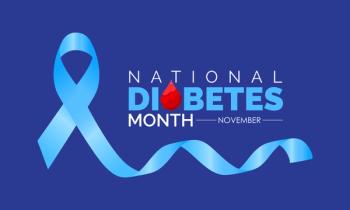
Neuraminidase Inhibitors May Reduce Death Risk for H1N1
Patients who received the antiviral medications within 2 days of symptom onset had particularly reduced rates of death compared with those who received them later or not at all, a meta-analysis finds.
Patients who received the antiviral medications within 2 days of symptom onset had particularly reduced rates of death compared with those who received them later or not at all, a meta-analysis finds.
Adult patients hospitalized with influenza A H1N1 during the 2009-2010 pandemic who were treated with neuraminidase inhibitors were significantly less likely to die from the illness, according to the results of a new meta-analysis. The
Although the drugs were used widely during the 2009-10 influenza A H1N1 pandemic, there has been little evidence confirming their effectiveness in reducing the risk of death. To evaluate the relationship between use of neuraminidase inhibitors and mortality, the researchers identified individual participant data from studies conducted in multiple countries from March 1, 2009, to the end of the pandemic in August 2010. The researchers also analyzed the association between time to treatment and mortality risk.
The analysis included data for 29,234 patients of all ages from 78 different studies. Overall, treatment with neuraminidase inhibitors was associated with a significant reduction in risk of death (adjusted odds ratio 0.81) compared with no treatment. This association was significant in adults, pregnant women, and adults with more severe symptoms requiring critical care. However, no significant reduction in mortality risk was observed in children aged 15 and younger.
The results also indicated that the earlier patients received treatment, the less likely they were to die. The risk of death was reduced in patients who started treatment within 48 hours of symptom onset compared with later or no treatment. This association was also not significant among children. Compared with treatment initiated during the first 2 days after the appearance of symptoms, the risk of death increased by approximately 20% each day treatment was delayed.
Many factors may explain the non-significant associations found among children, the authors note. These include a lower portion of fatal cases among children, an increased viral load compared with adults, poor dosing in very young children, and secondary bacterial infections. In addition, the results may have been confounded because children with severe illness or those who did not respond to other treatments may have been more likely to receive neuraminidase inhibitors.
The results support early treatment with neuraminidase inhibitors in adult patients with confirmed or suspected influenza A H1N1, the authors suggest.
“We advocate early consideration of a diagnosis of influenza in patients admitted to hospital with respiratory infection during periods of known influenza activity, and early instigation of neuraminidase inhibitor treatment based on rapid laboratory confirmation or clinical suspicion,” they conclude.
Newsletter
Stay informed on drug updates, treatment guidelines, and pharmacy practice trends—subscribe to Pharmacy Times for weekly clinical insights.


















































































































































































































